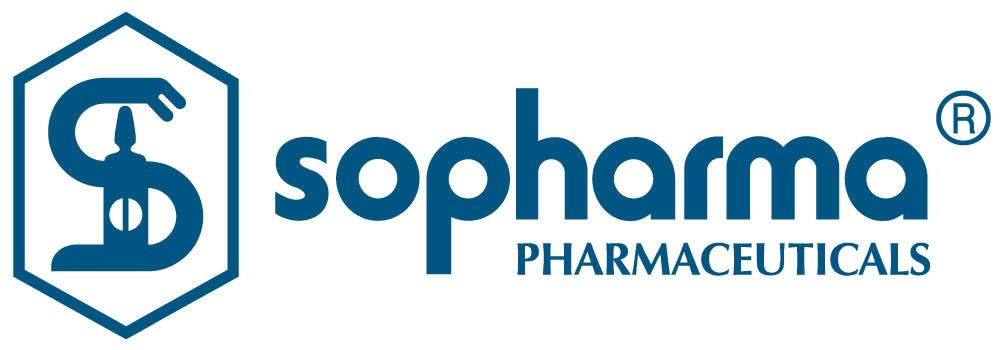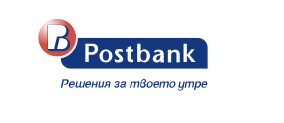A risk assessment is a detailed examination of all aspects of work to determine what may cause injury, illness or harm, and an assessment of whether the hazard can be eliminated and, if not, what precautions should be taken to eliminate it. risk reduction and control.
The legal framework for risk assessment in Bulgarian legislation is contained in the Law on Health and Safety at Work and in Ordinance No. 5 of 11.05.1999 on the order, manner and frequency of risk assessment.
According to the legislation, the employer is obliged to:
The risk assessment is carried out by the employer. Occupational medicine services, safety and health authorities and other specialists from the enterprises participate in the risk assessment, and if necessary, the employer also attracts other external organizations and specialists.
The level of detail of the assessment depends on the type and nature of the hazards, as well as on the possible consequences and the number of persons exposed to danger. As the aim of the risk assessment is to ensure that no one will be injured or suffer health damage as a result of their work, it is necessary to individualize it to the specific jobs and be carried out with the mandatory participation of the workers . The participation of the workers in the planning of the measures guarantees their participation in their subsequent implementation and in compliance with the OSH rules.
Documenting the risk assessment is another important legal requirement. On the one hand, the documentation ensures that the important information about the working conditions is available to all interested parties in the enterprise and guarantees the commitment of the management and the workers to the implementation of the measures, and on the other hand, it demonstrates to the interested and competent authorities and persons, that the provision of OSH in the enterprise is in accordance with the requirements of the legislation.
Regardless of the approach or methodology used, in principle, risk assessment is a five-stage process consisting of the following steps:
Workplace hazards can have a source related to the work environment, work equipment, raw materials and materials used, the organization and nature of the work performed, the requirements for the worker when performing work procedures, etc. In this regard, risks can be grouped into different categories, with the most commonly identified risks that should not be missed in the assessment being:
Risk assessment is a cyclical process. According to the legislation, the risk assessment is reviewed when::
In the general case, the frequency of risk assessment is determined by the employer depending on the established risk and in accordance with the requirements of the normative acts (when specific requirements are defined in the normative acts regarding certain risks or types of activities). In addition to the discretion of the employer, review of the assessment is also carried out by prescription of the control authorities.
Risk Assessment:
Risk Assessment
The assessment of occupational risks is the basis for the implementation of planned work in the field of OSH and is essential for the creation of healthy workplaces. It is the employer's duty to provide the basic principles of prevention, including all necessary resources to ensure safe working conditions. Our role as a consultant is, together with the Employer, to find out what in the work can cause harm to the workers and to decide whether enough has been done, or if more action needs to be taken to avoid possible harm.
Assessment is a process of analysis and decision-making related to the presence of specific hazards. Risk assessment is an important first step in preventing occupational accidents and occupational diseases.
The results of the risk assessment are the starting point for planning the future work and providing all the necessary resources for its implementation - financial, human, time and others.
If risk assessment is done correctly, it can improve workplace safety and health, and therefore the overall productivity of the enterprise.
Periodically, it is necessary to carry out analyzes of the risk assessment to ensure its relevance. Analyzes are mandatory when significant changes are made in the organization, or are the result of the conclusions made in the investigation of a certain accident or "potentially dangerous situation".
To focus attention on risk factors and safety in general, training is needed.
Being informed about safety and health at work helps to:
The Act on Health and Safety at Work and Ordinance No. 5 of 11.05.1999 of the Ministry of Health and the Ministry of Health on the order, method and frequency of risk assessment are the main legal documents according to which the assessment of the health and safety of workers is carried out and the employees.
What is a risk assessment?
Risk assessment is the process of assessing the risks to the safety and health of workers arising from the work environment. It is a systematic study of all aspects of work, including:
The risk assessment includes:
All the documentation is formed in a Report with the results of the assessment, containing maps for assessing the risk of the workplaces and specific proposals for limiting the manifestation of the risk.
The risk assessment is revised when:
The periodicity of risk assessment is determined by the employer depending on the established risk and in accordance with the requirements of the normative acts.
Medical engineering team of LOT-CONSULT has experience in performing risk assessment in enterprises of all industries. Including. industry, construction, as well as in all spheres of trade and services, including administrative services.
Our competent specialists will assess the risk for the specific workplace, depending on location, used work equipment, raw materials and work space.
risk pricing is not a one-time process. It is important for the Employer to promptly reflect all the changes that have occurred in an enterprise. E.g. introduction of new work processes, new work practices, performed repairs and reconstructions, etc.
LOT-CONSULT risk assessment
LOT-CONSULT EOOD carries out a risk assessment for the health and safety of workers. The essence of the risk assessment is to identify the hazards associated with the work, the work process and the work environment with a subsequent decision to limit or eliminate this risk. This aims to reduce occupational injuries and occupational diseases in the enterprise. Our task is to discover together what in the work can cause harm to people. And to decide if you have done enough or if something more needs to be done to avoid this harm.
Frequently Asked Questions:
Is the employer required to assess the risks to his workers?
The employer is obliged to assess the risks to the safety and health of workers, covering the choice of work equipment, the organization of workplaces, the raw materials and materials used, the use of chemical substances, etc. in accordance with the Law on Health and Safety at Work, Art. 16 (1) and Ordinance No. 5 of 11.05.1999 on the order, method and periodicity of risk assessment.







